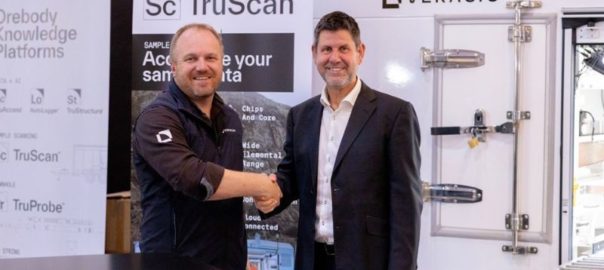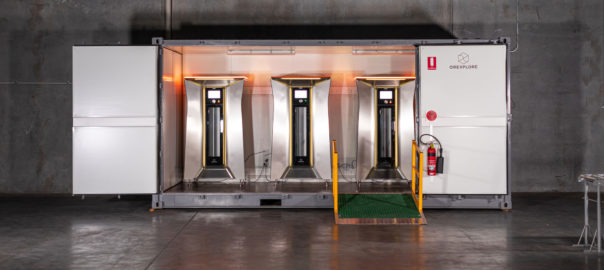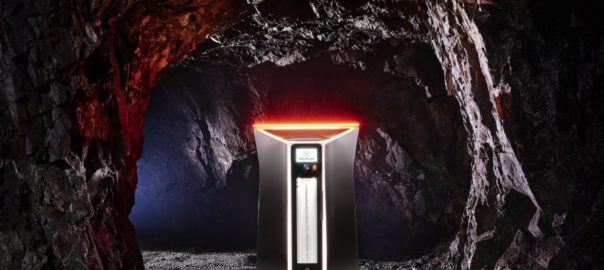Veracio has entered into a binding agreement to acquire pioneers in scanning and data innovators, Minalyze, for a total consideration equal to $29.3 million.
With the combination of Veracio’s AI and advanced analytics solutions and Minalyze’s geological data visualisation technology, this strategic acquisition will transform the way the industry captures, analyses and interprets geological information, ushering in an era of informed decision-making in an increasingly complex and data-driven world, according to Veracio.
Minalyze, meanwhile, has a history of developing scanning instruments for core samples and software for the visualisation of geological data. The company’s patented scanner and cloud-based software for digitising large volumes of drilling samples generate high-resolution and consistent data through fast, non-destructive collection of multiple datasets. This has seen it achieve commercial success with clients in Europe, Australia, Africa and North America.
“This acquisition represents an exciting new chapter for both Veracio and Minalyze,” Veracio Chief Executive Officer, JT Clark, said. “We see this as a ‘better together’ opportunity, leveraging our collective expertise to push boundaries and create a product portfolio that goes beyond anything previously available for the mining and exploration industry.”
Annelie Lundström and Mikael Arthursson, the co-Founders of Minalyze, will assume integral leadership positions within Veracio, while the entire Minalyze team will seamlessly transition under the Veracio banner, according to Veracio.
Lundström said: “Joining forces with Veracio is a remarkable step forward. We believe this acquisition will enable us to enhance what we’ve accomplished to date, deliver distinct value to our clients and redefine industry benchmarks collaboratively.”
Mike Ravella, Veracio’s Chief Innovation Officer, said: “We are committed to maintaining the quality and innovation the industry has come to expect from both Veracio and Minalyze. We want to assure our clients on both sides of this transaction that the products and quality of services they trust and value will continue to be available and well-supported, and we encourage and appreciate their continued support.”
This deal will, according to Veracio, capitalise on the synergy between Minalyze and Veracio’s scientific and technological progress and prowess. Veracio remains steadfast in its mission to evolve data acquisition and AI in geosciences, and to unveil vital resources globally with enhanced speed.
Completion of the transaction is scheduled to occur on September 20, 2023.











